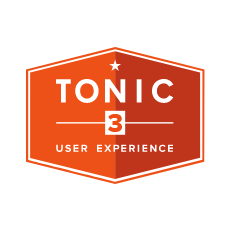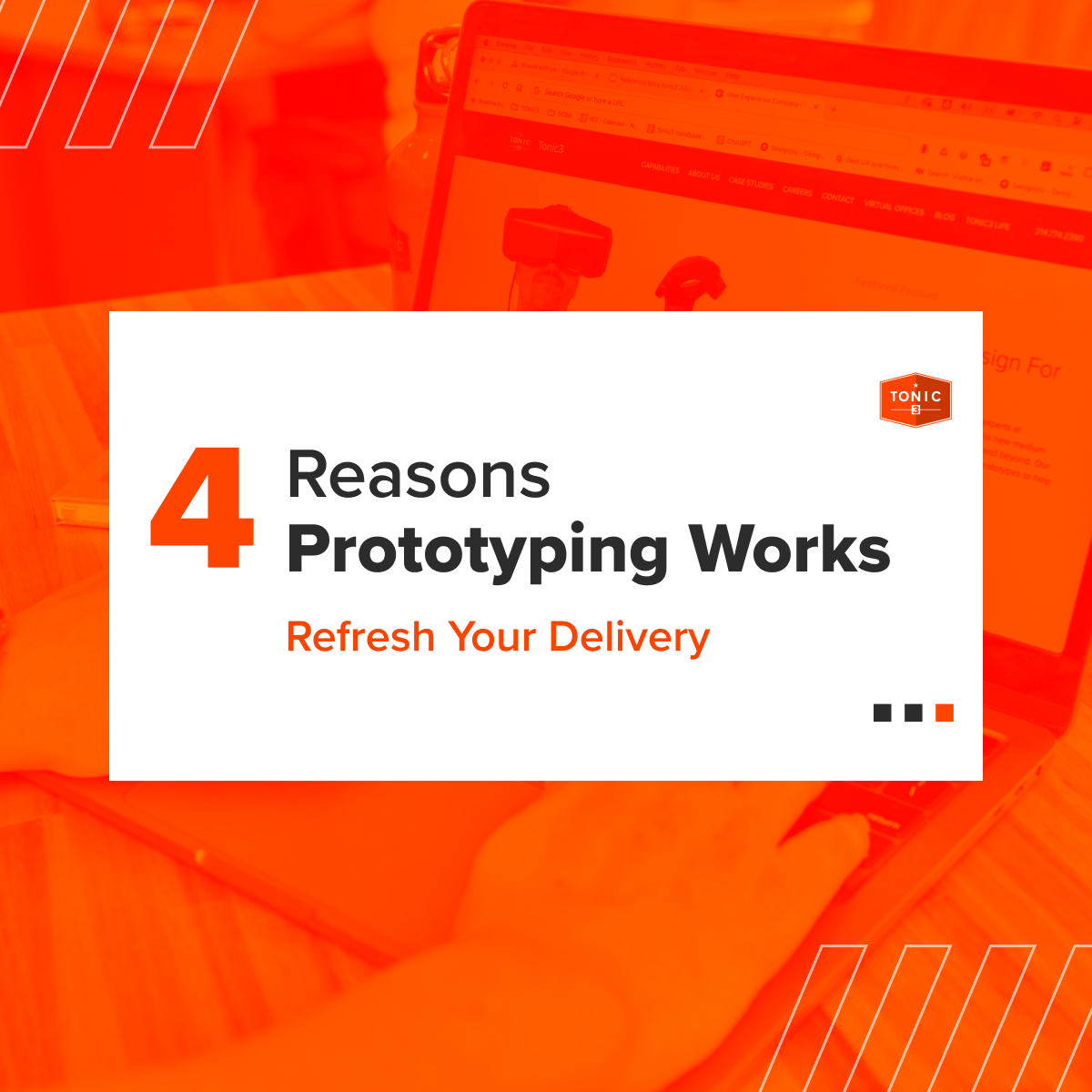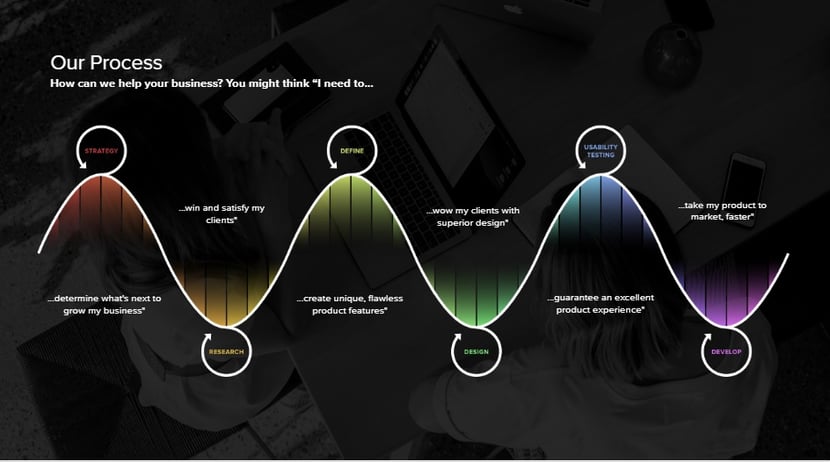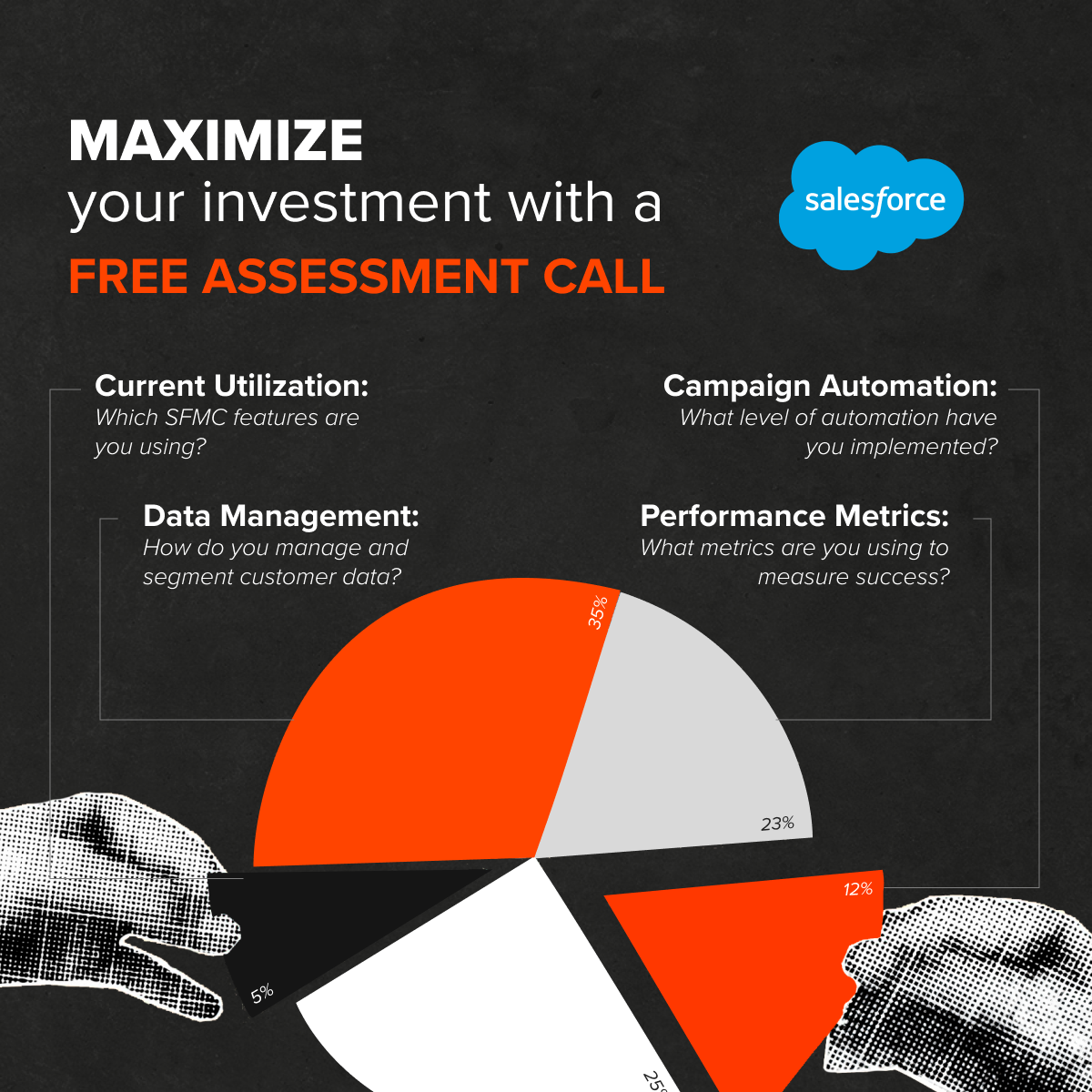What is Design Thinking and why it works?
Design thinking is an iterative, non-linear process that teams use to understand users, question assumptions, redefine problems, and develop...
Tonic3 develops and executes strategies that drive profit through Digital Transformation. Practically that means we are built to help clients hone the right strategy, implement the right technology, and build the right long-term capabilities to deliver lasting transformation.
Industries
We believe that effective technology helps people succeed in their daily lives. So we help our clients engineer useful technology for their clients, partners, and employees. That translates to every major industry, but over the years we’ve developed several core areas of expertise.
4 min read
 Tonic3
:
Sep 16, 2024 12:15:00 PM
Tonic3
:
Sep 16, 2024 12:15:00 PM

Technology leaders carry a heavy load during digital transformation work. There’s a need to create the best odds for success, while lowering overall costs. And with an estimated 70-95% of digital transformation projects failing, Technology leaders are sure to be feeling frustrated when projects are not moving forward as planned.
(Forbes, 2022)
Leadership commitment and alignment tends to be one of the common elements when projects stall out, or lose focus. In reviewing many of the transformation projects Tonic3 has delivered, prototyping is one of the must-have elements for success. View Tonic3 case studies here.
Research shows most digital investments go over budget, even a 50% cost overrun isn’t uncommon. Everyone in financial services is looking to scale cost effectively, and over the years we've learned that blending two disciplines is key to making that happen: Design Thinking and Agile Development. While each approach has distinctives, these two disciplines complement each other in profound ways to deliver both strategic and executional success.
Design Thinking and Agile methodologies both emphasize the importance of action. Design Thinking begins with rapid requirement gathering, research in efficient bursts, and iterative adjustments.
Agile methodology complements this with a focus on breaking down large projects into manageable Epics, Stories, and Sprints, all managed within a dynamic backlog.

Design Thinking and Agile methodologies both emphasize a posture of action: you don’t need all the information to move forward. Get the structure in mind and then fill out the details as you go. In Design Thinking, this means rapid requirement gathering, research in efficient bursts, and UX in iterative adjustments. In Agile, this translates into Epics coming first, then Stories, then finally Sprints and backlogs. The vocabulary changes, but that rhythm of input -> output -> action -> input -> output -> action is the heartbeat that gives life to modern enterprise technology teams.
Investing in a prototype can significantly reduce the risk of costly mistakes. A prototype acts as a preliminary version of the final product, allowing for early testing and feedback. The Harvard Business Review highlights that “prototypes provide a way to test ideas and gather insights before committing to full-scale development, saving both time and money” (Meyer & Aghion, 2018).
By identifying and addressing potential issues early in the development process, you can refine your direction and avoid investing substantial resources into a flawed concept. This small upfront investment in prototyping can lead to substantial long-term savings by preventing costly errors later on. The most expensive thing to build is the wrong thing.
Prototypes convert abstract concepts into concrete, interactive models. This transformation helps stakeholders visualize and interact with the idea, making it easier to provide feedback and make informed decisions. According to a study published in the Journal of Product Innovation Management, “prototypes act as a bridge between conceptual ideas and tangible products, facilitating clearer communication and alignment among team members” (Kroll & Hsu, 2019).
For instance, in digital product development, prototypes might include interactive wireframes or mockups that simulate user interactions. In physical product design, prototypes might be 3D-printed models that allow for hands-on evaluation. These tangible assets not only speed up decision-making but also ensure that everyone involved has a shared understanding of the project’s vision.

Prototypes are essential for aligning teams across the organization. When executives, developers, and other team members can interact with a prototype, it fosters a shared understanding and direction. According to a report by McKinsey & Company, “Effective prototyping can align team members by providing a visual and functional reference point that guides discussions and decision-making” (McKinsey & Company, 2017).
This alignment is crucial for smooth project execution. It ensures all parties involved are on the same page, translating the project vision into actionable steps and reducing the likelihood of miscommunication and misunderstandings.
For startups, prototypes can be the deciding factor between securing funding and falling short. Investors are more likely to back a vision they can experience firsthand. A report by the Harvard Business School notes, “Prototypes provide investors with a tangible representation of the concept, increasing their confidence in the viability and potential success of the project” (Eisenmann, 2019).
Prototypes demonstrate you’re not just discussing possibilities but actively making them a reality. They offer a concrete way for investors and stakeholders to evaluate the feasibility and potential impact of your idea. In a competitive landscape where funding follows a clear and actionable vision, prototypes become a powerful tool to persuade investors and advance your startup.
The same principles hold true for enterprise transformation work, as well. Iterating creates action within the project teams, users and leadership, so all parties can see and feel the progress. Momentum is a powerful motivator for teams; and sometimes the hardest thing for leaders to harness on multi-year projects.
Let’s be honest, when you champion a project or idea, your bosses need to see progress; your peers need to catch the vision; and you need the teams working on this to be excited.
What if there was a way to accomplish ALL of that by being disciplined in one area? That one thing is building prototypes.
Prototyping is more than just a phase in the development process; it’s a fundamental element of successful enterprise technology projects. By investing in prototypes, you refine your ideas, align your team, and ensure your resources are used efficiently. At Tonic3, we’ve witnessed the transformative power of prototypes firsthand, and we advocate for their use in driving project success, they are a key catalyst to MOVE FORWARD.
Whether you’re steering a startup or managing a complex enterprise project, remember: Prototypes are crucial for turning abstract ideas into reality, avoiding costly pitfalls, and ensuring cohesive team alignment.
When you’re ready to transition from concept to creation, think of prototypes as your traction for action. At Tonic3, we’re dedicated to helping businesses and individuals thrive by converting vision into reality, one prototype at a time.
Refresh your delivery approach. Put the customer at the center of your work and let's find a clear path to success, together. Request more information about prototyping, roadmaps, blueprints and more.

Design thinking is an iterative, non-linear process that teams use to understand users, question assumptions, redefine problems, and develop...

As an enthusiastic professional in the field of immersive technologies, I have had the opportunity to work on a variety of exciting projects,...

With 2025 looming over strategic planning teams, marketing leaders still have time to make a significant impact on their top-line revenue and brand...